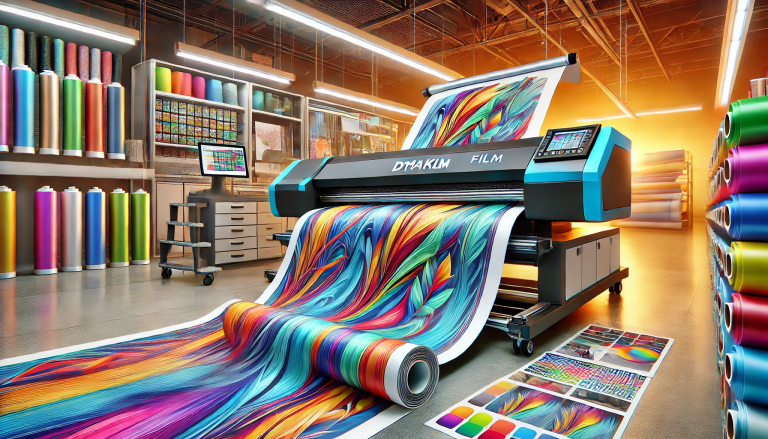“Decoding Direct-to-Film (DTF) Transfer Reviews: A Comprehensive Evaluation” -MAXDTF- DTF transfer sheets large Supplier, DTF digital Transfer Manufacturer, Made in China
Summary:
This article evaluates and analyzes reviews surrounding Direct-to-Film (DTF) transfer, a prominent technology in the textile printing industry. We’ll discuss the common praises found in DTF transfer reviews, typical criticisms, the practicality of DTF transfer for businesses, how DTF fares against other textile printing techniques according to reviews, and a synthesis of these reviews for prospects.
Part 1: Praises in DTF Transfer Reviews
Perusing DTF transfer reviews, one quickly realizes the acclaim this printing technique has garnered in the textile industry. Positive reviews frequently highlight the outstanding image quality DTF transfer offers. Users note the vibrant, sharp colors and fine detail achievable with DTF, surpassing that of traditional printing methods.
Another common praise is the versatility of DTF transfer. Reviewers appreciate the ability to print on a wide variety of materials – from cotton and silk to polyester and blended fabrics, which makes DTF an adaptable solution for diverse printing needs.
Moreover, the durability of DTF prints earns high marks. Users often mention that prints withstand repeated washing and daily wear without significant fading or cracking, adding to the longevity of the printed items.
Part 2: Criticisms in DTF Transfer Reviews
Despite the numerous positive aspects, DTF transfer is not without criticism. Some users find the initial setup and cost of DTF equipment to be high, which could be a hurdle for smaller businesses or hobbyists.
The multi-step process of DTF transfer can be time-consuming, especially for large-scale orders. This leads to criticisms regarding the efficiency of DTF printing compared to methods like screen printing, particularly when dealing with single-color designs.
Additionally, there are concerns about the environmental impact of the special DTF ink and adhesive powders, with users calling for more eco-friendly options in the future.
Part 3: Practicality of DTF Transfer for Businesses
Considering the overall reviews, DTF transfer emerges as a practical choice for many businesses, especially those specializing in custom-made garments or small-batch orders. Despite the initial investment, businesses find the high-quality, durable, and versatile prints provided by DTF transfer to be worth the cost.
For businesses catering to a clientele that values detail, color fidelity, and print longevity, DTF is highly practical. Furthermore, the ability to print on a wide array of materials allows businesses to offer diverse product lines.
Part 4: DTF vs. Other Textile Printing Techniques: The Review Perspective
When compared to other textile printing techniques in user reviews, DTF often stands out favorably.
Against direct-to-garment (DTG) printing, DTF is lauded for its ability to produce equally vibrant, high-resolution prints with greater durability and on a wider range of materials.
Versus screen printing, while the latter might be more efficient for large-scale, simple designs, DTF is consistently praised for its superior performance with complex, multicolor designs.
Compared to sublimation printing, reviewers appreciate DTF’s superior performance on natural fabrics and its ability to produce more vibrant colors due to the thicker ink layer.
Part 5: Synthesis of DTF Transfer Reviews for Future Prospects
Taking into account the praises, criticisms, and comparative performance of DTF transfer, its prospects appear bright.
Positive reviews emphasize the high-quality, vibrant, and durable prints achievable with DTF transfer, along with its material versatility. These qualities position DTF as an increasingly popular choice in the textile industry.
However, the criticisms suggest areas for improvement. Manufacturers could focus on reducing the initial cost, enhancing the efficiency of the process, and developing more eco-friendly materials.



